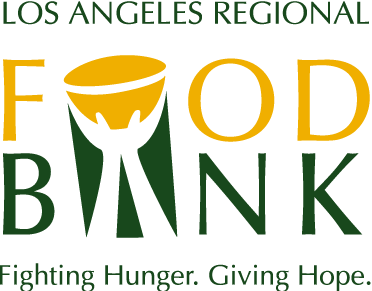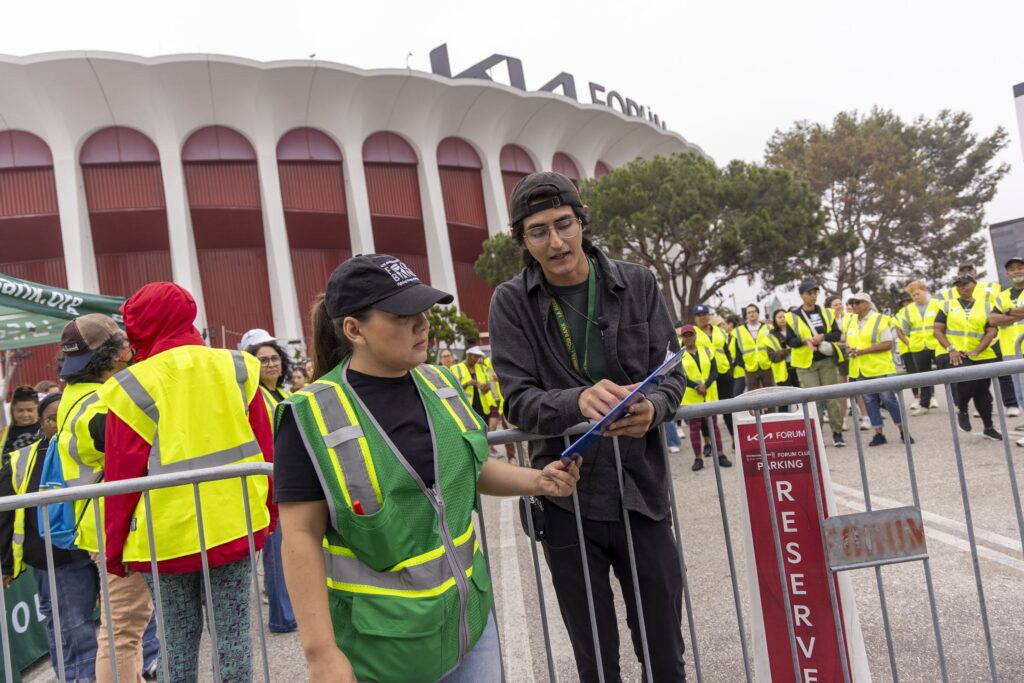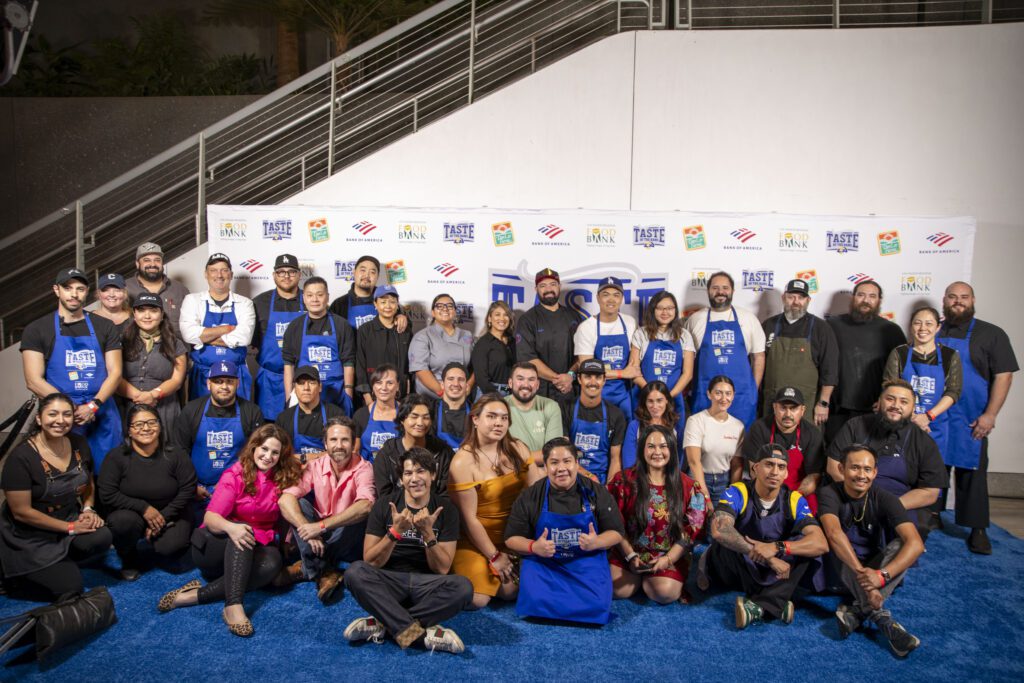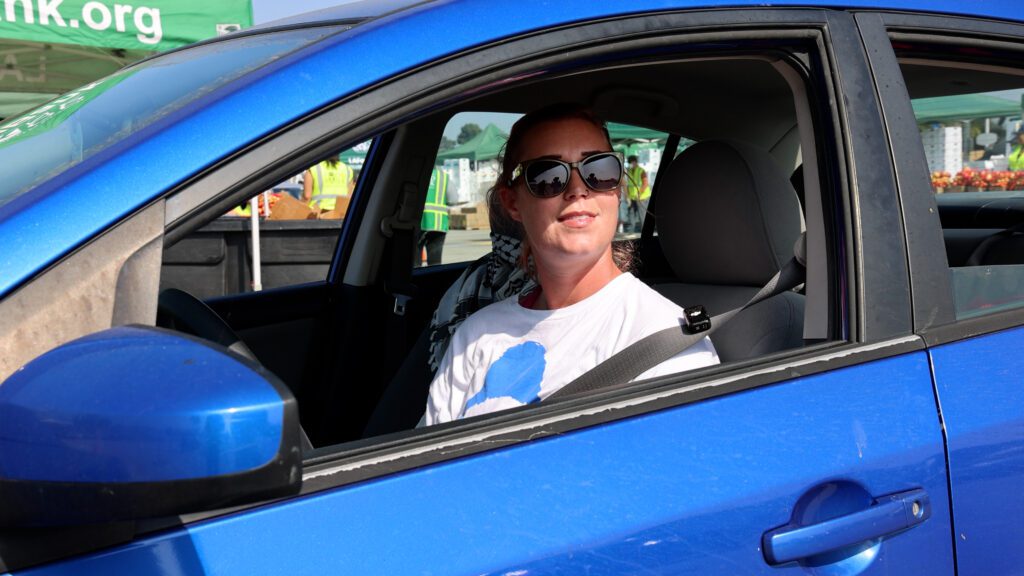Food Costs Eat up the Most Significant Part of Household Budgets in 30-Year High
Food Costs Eat up the Most Significant Part of Household Budgets in 30-Year High
The struggle against food and nutrition insecurity persists in Los Angeles County as American consumers are allocating a 30-year high of 11.3% of their disposable income toward food expenditures, according to recent data from the US Labor Department.
This comes when food and nutrition insecurity rates in Los Angeles are spiking, reports the USC Dornsife Center for Economic and Social Research. The data revealed that nearly 37% of low-income Angelenos experienced food insecurity in 2022. This figure represents a ten percent increase from 2018, just 5 points shy of the early pandemic rate of 42% in 2020.
RELATED STORY: Los Angeles County Faces Ongoing Food Insecurity Challenges as Rates Near Peak Pandemic Levels
In 2019, the Food Bank and 600 partner agencies helped 360,000 food-insecure individuals every month. 2020 started out with similar numbers to the end of 2019 and the monthly average of the number of people spiked to 1,000,000 starting in the middle of March and April (when the pandemic entirely took effect) through December.
In 2021, the monthly average of people served was 925,000; in 2022, it was 850,000. When 2023 began, it was similar to the previous year. In March 2023, the number of people served went back up to 900,000 people monthly due to the negative impact of the end of COVID-19 programs such as the SNAP/CalFresh benefits compounded with the effects of inflation.
RELATED STORY: CalFresh Emergency Allotment Expiration Could Exacerbate Food Insecurity in LA County
As food prices are high and the need for food and nutrition assistance continues to climb, the Food Bank is thankful for such a generous and supportive community that helps the Food Bank and partners provide nutritious food throughout the year. The Food Bank and partner agencies are stepping up to provide for those in need but the community’s support is crucial. As a nonprofit organization, the Food Bank relies on the generosity of donors. Your involvement can bring hope, sustenance and positive change.
You can be part of the solution by donating to hunger relief organizations or participating in initiatives to end food insecurity. Your efforts, no matter how small, contribute to a brighter, more nourished future for those who are struggling. Join the Food Bank and countless others in this vital initiative and be a catalyst for positive transformation. Together, #WeFeedLA.





